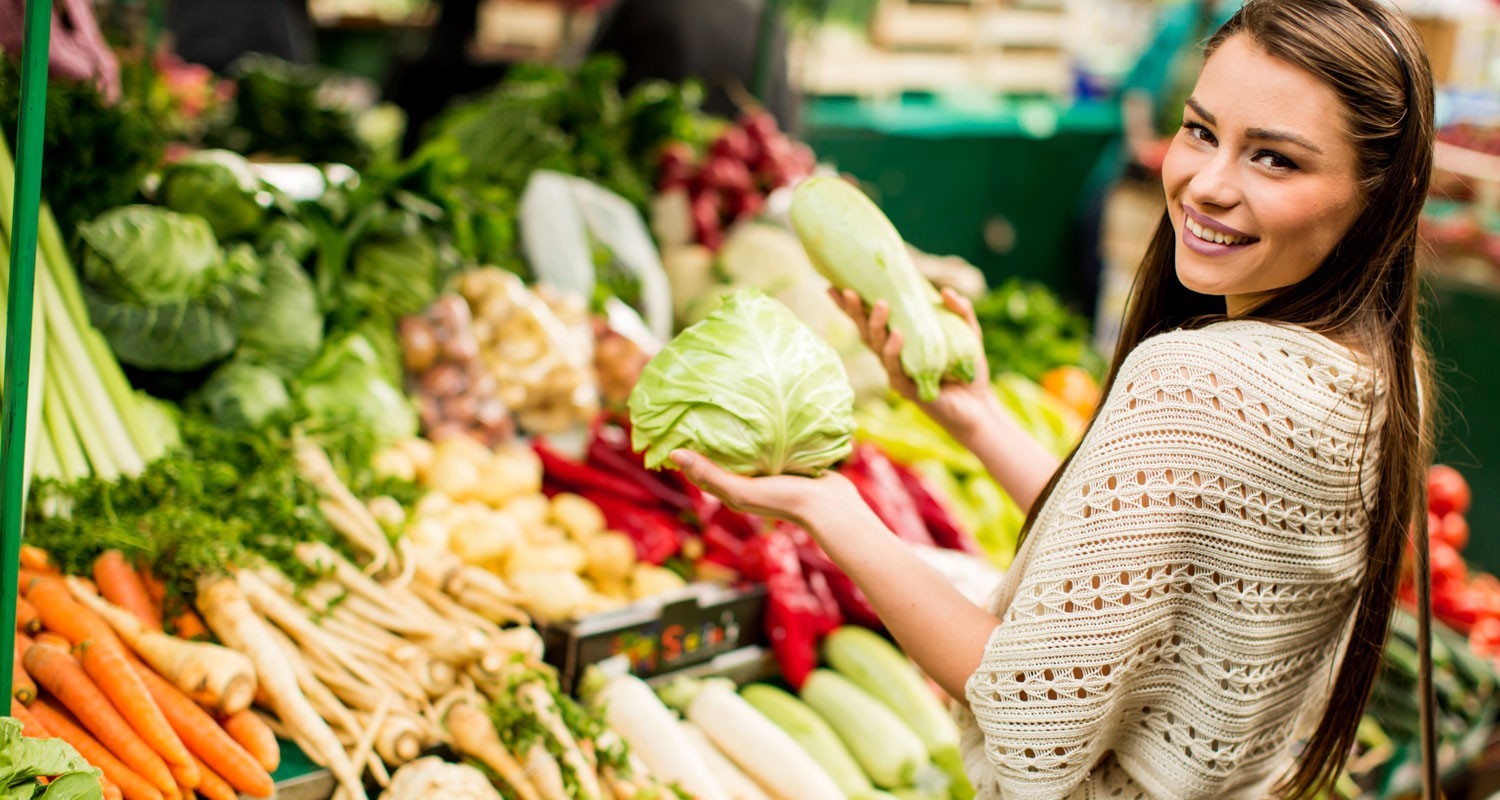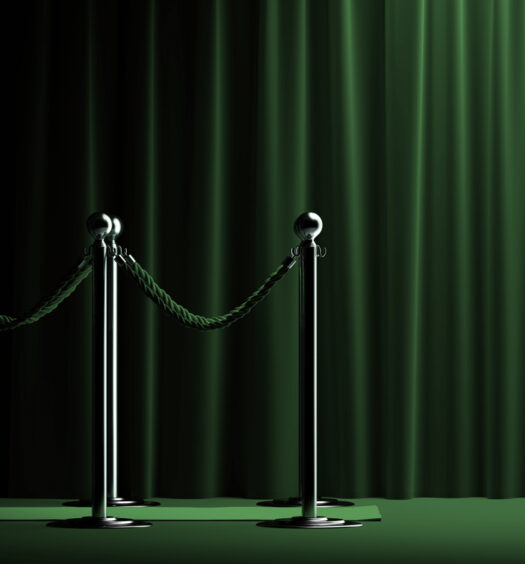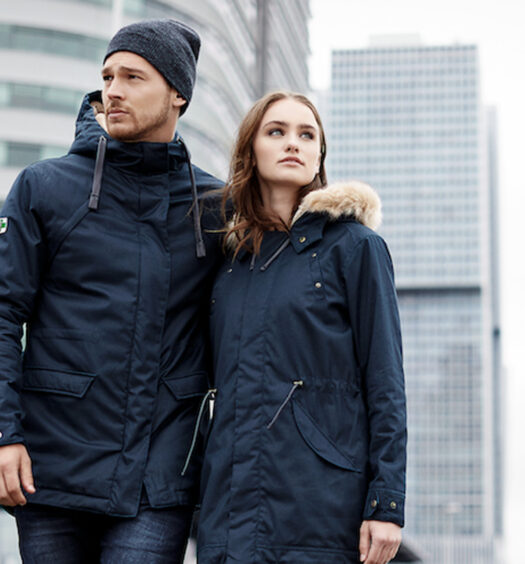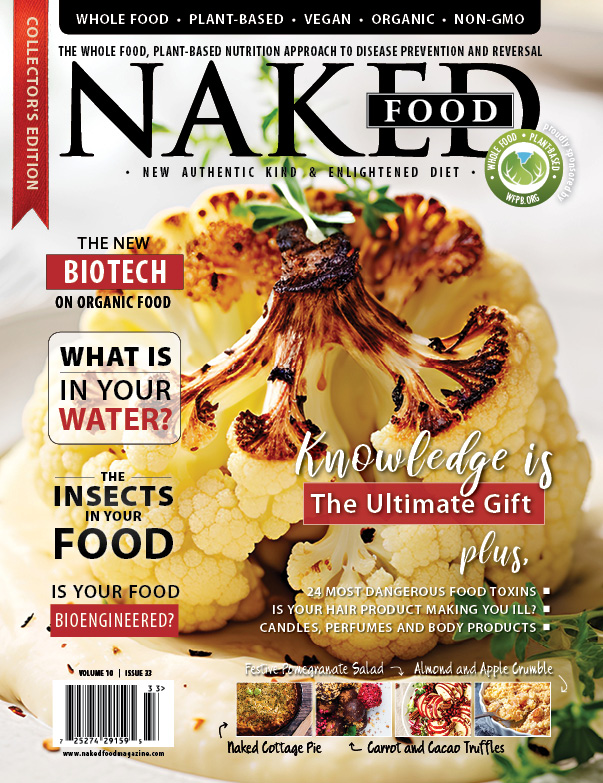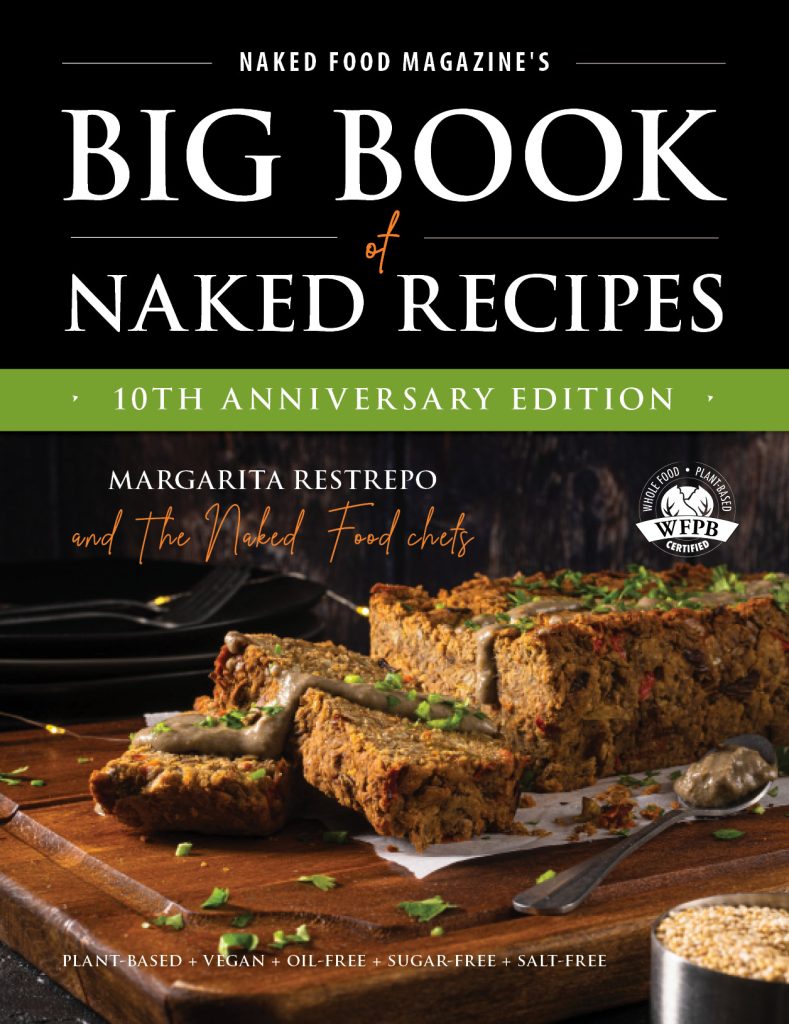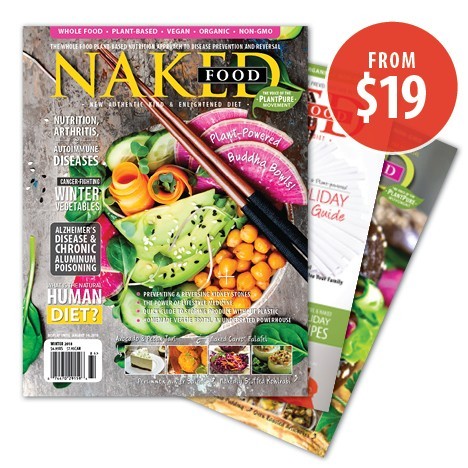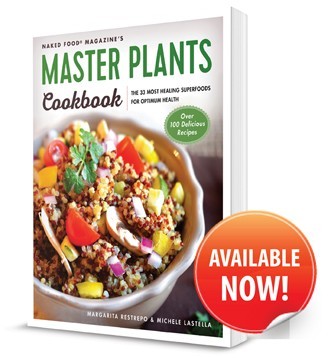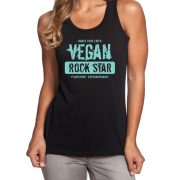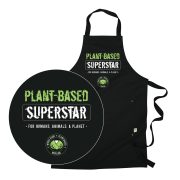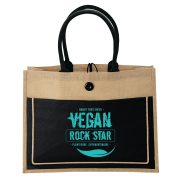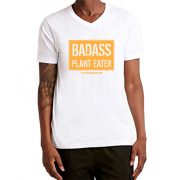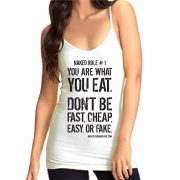Fresh fruits and vegetables are held to impossibly high aesthetic standards. Now, a number of US startups on both coasts are showing consumers that ugly is better.
Entrepreneurs outside the grocery industry want to convince shoppers that there’s nothing wrong with cosmetically imperfect produce.
The diameter of each Brussels sprout shall not be less than one inch. The curd of the cauliflower must be white or cream – no matter that it yellows naturally when exposed to sunlight. For cucumbers, size does matter. They need to be longer than six inches, please. If these standards seem superficial – it’s because they are, but this is how fresh fruits and vegetables are graded in the US. The standards often have little relevance to nutrition or science.
While the US Department of Agriculture (USDA) has been criticized for setting high standards for the appearance of fruits and vegetables, these guidelines are voluntary – no one has to adhere to them, but stores continue to maintain high expectations of how their fruits and vegetables should look.
Ken Rutledge, who manages sales at a potato farm in California, has to figure out what to do when retailers decide that his fingerlings aren’t long and skinny enough, or that his yellow potatoes aren’t sufficiently round. In the worst season, he has seen up to 75% of his crops rejected due to appearance.
“I don’t think you get past the gut punch,” he said, referencing the amount of food waste.
“If you’re a produce grower or an artist, would you rather see your work thrown in the burning pile or would you rather have it used and appreciated?”
Cosmetic imperfection is one of the causes of nearly 10m tons of food wasted at farms per year, according to an analysis by Refed, a coalition that assesses food waste and aims to find solutions. The push for perfect looking produce leaves out the more humble looking goods such as sun-scarred apples or bulbous strawberries – many of which are discarded into landfills or troughs for livestock. Farms seek secondary markets that process the crops into items such as chips, juices or jam, but don’t always find new homes in time.
But who created beauty standards for fruits and vegetables? Who dictates what’s pretty enough to eat?
In 1917, the USDA sought to create a common trading language for potatoes as a way for buyers to understand what they were getting when they weren’t able to see the products in advance. Over the years, the standards have been criticized for unnecessarily focusing on aesthetics. For example, the green pepper has to be 90% green – so it can’t have too many traces of red or yellow. “The US multi-colored peppers are unsellable in that context,” said JoAnne Berkenkamp, senior advocate of the food and agriculture program at the Natural Resources Defense Council, an environmental group. “It’s not a valid quality issue.”
Other USDA standards are more scientific, taking into consideration maturity and shelf life. For example, the percentage of how red an apple should be is related to sugar content and how ripe it is. Even if the USDA was to relax some of its cosmetic standards, Berkenkamp doesn’t think it would move the dial much. “Most large, national and international buyers use their own standards, which in many cases are higher than the USDA. That’s what really drives the market,” she said. “What the industry wants is in fair degree, due to what customer wants. It really comes down to customer acceptance.”
“Americans are fussy on what food looks like,” said Jonathan Bloom, the author of American Wasteland. “I’d argue that it’s somewhat cultural. That’s partly because we as Americans can afford to be picky from a price standpoint but also from a volume perspective. We have so much available food.”
That’s why Sarah Vared, the interim director of Refed, says a key component in fighting food waste is consumer awareness. “Consumers ultimately give businesses the social license to start stocking and purchasing some of these products that they might not have today,” she said.
“As consumers become more aware of this issue and are asking for these products, you’ll start seeing retailers providing them.”
The largest US grocer, Walmart says it hasn’t received much consumer demand for imperfect produce. Even so, the chain is considering a pilot this year. It is keeping a close eye on an innovative experiment by its UK chain Asda. In February, Asda rolled out the “wonky vegetable box”, selling seasonal produce to feed a family of four for a week. The so-called wonky veggies include crooked carrots, knobbly pears, and misshapen potatoes and come in decorated cardboard boxes that sell for £3.50 ($4.95) – a 30% discount. Due to popular demand and positive social media response, Asda’s pilot expanded from 128 to 550 stores a month after its release.
But what works in the UK doesn’t always translate to the US market, said John Forrest Ales, Walmart spokesman. Customers in the UK tend to buy more packaged produce compared with US shoppers.
So far, several US grocery stores’ initial foray into imperfect produce have not bore fruit. Two California chains, Raley’s and Andronico’s, discontinued their produce pilots – the latter said it was due to lack of customer interest.
Yet entrepreneurs outside the grocery industry have jumped on the issue, sensing an opportunity to combine social good with business. A San Francisco startup called Cropmobster connects surplus products to people in need. One food services company, Bon Appetit Management Company, buys cosmetically imperfect produce and turns it into prepared meals for corporate like Google, University of Pennsylvania and the Getty Museum. “We slice and dice our produce so beauty doesn’t matter,” said Claire Cummings, Bon Appetit’s waste specialist. “It’s all about taste.”
Startups on both coasts, Imperfect Produce in California and Hungry Harvest in Maryland, deliver ugly produce directly to customers, bypassing grocery stores. Recently, the chain Giant Eagle announced its “Produce with Personality” program to sell apples, oranges, and potatoes at five of its Pittsburgh stores at lower prices. Whole Foods, known for its rigid rows of produce perfection, is also testing the market. Just weeks ago, the company revealed it would pilot selling the conventionally rejected produce at a few northern California stores by teaming up with the startup Imperfect Produce.
Hungry Harvest recently cited a waiting list of 4,000 people who want the company to deliver in their neighborhoods. “The fact that thousands of people want our service proves there’s demand for produce that’s not pretty enough to make it into the grocery store,” said Hungry Harvest CEO Evan Lutz.


